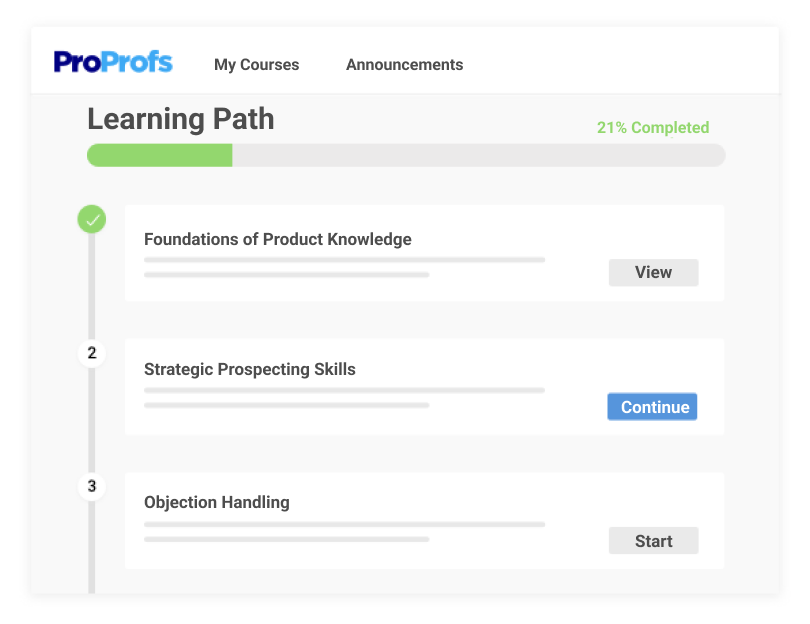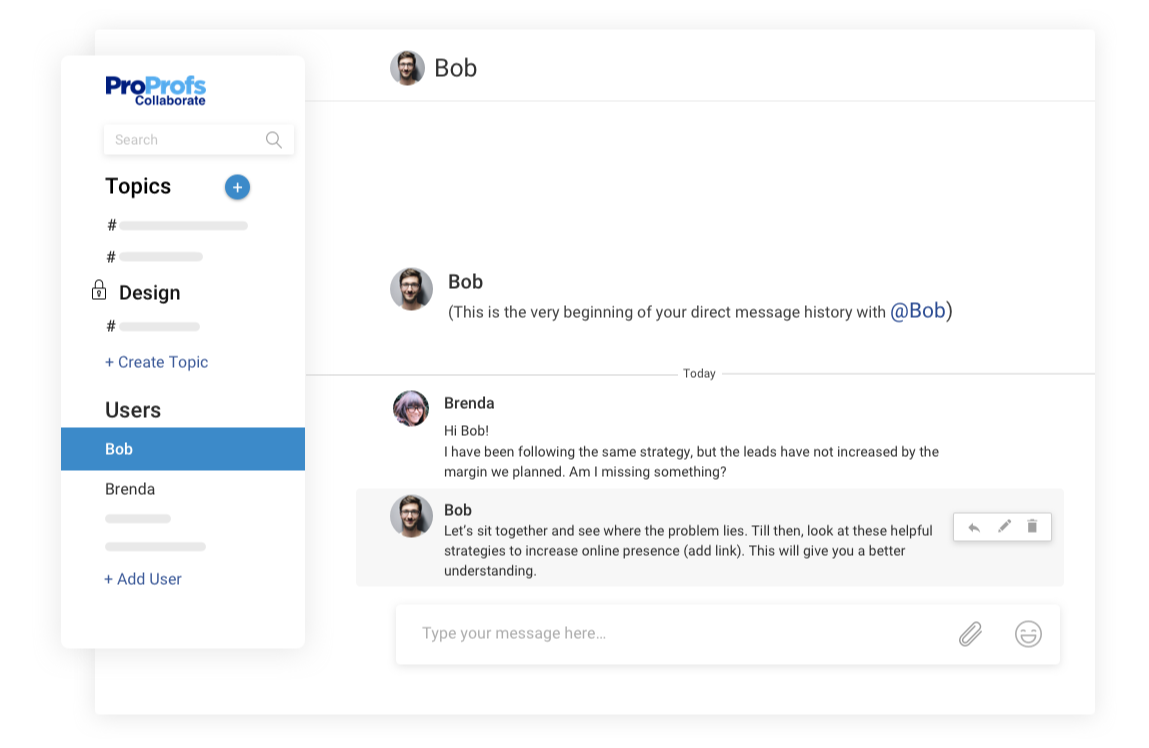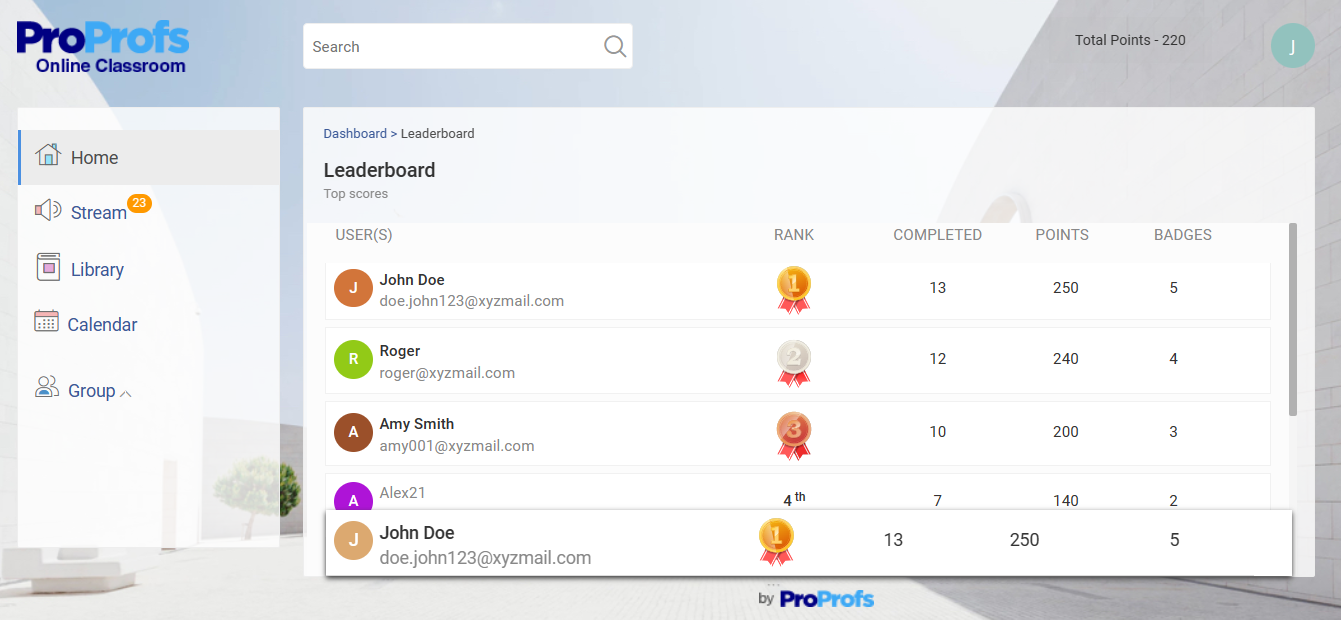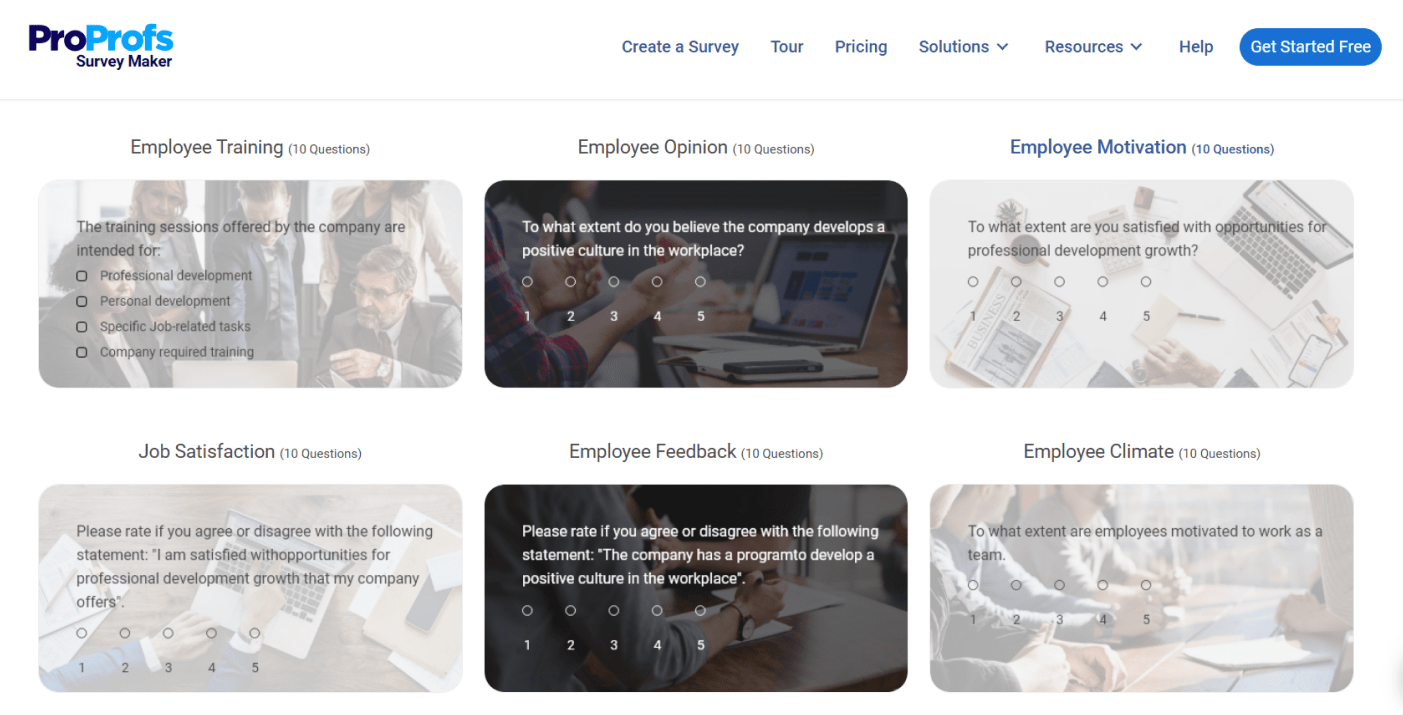In 2025, interactive training modules will continue to reshape how we learn. The shift is real. Research shows that interactive learning increases retention by 75%, while passive methods barely crack 30%. That’s a huge gap, right?
If you still rely on boring presentations, it’s time to face facts. You’re fighting an uphill battle against disengagement. I get it. It’s tough to keep things fresh. But fear not; this blog is packed with tips and strategies to help you design interactive training modules to grab and hold attention.
Why settle for “okay” when you can have “outstanding” results? I’ll walk you through proven methods that keep learners engaged and improve the learning experience. As the old saying goes, “Engage the mind, and the body will follow.” The same goes for learning too. So, get ready to take your training to the next level.
Here’s what you will learn:
- Interactive training and its effectiveness
- Why traditional methods don’t work anymore
- The benefits of interactive learning
- How interactive training solves common training problems
- How to create interactive training modules
- How to implement interactive training in your organization
So, let’s begin!
What Is Interactive Training?
Interactive training is a modern way of learning where participants actively engage in the process instead of just listening or watching. It includes activities like quizzes, scenarios, and problem-solving exercises, making learning more dynamic and practical.
This method uses tools like videos, interactive visuals, and tasks that encourage hands-on involvement. Interactive training ensures learners stay engaged, understand concepts clearly, and retain information effectively.
Read this guide to know how you can add media to your courses.
Why Traditional Training Methods Fall Short in 2025
Traditional training methods have served their purpose for years, but in today’s fast-paced, digital world, they’re no longer as effective as they once were. Let’s face it: people’s attention spans are shorter, and expectations for learning have changed. The average attention span of a human is only 8 seconds, which is less than the goldfish’s 9-second attention span.
Traditional methods, like long lectures or simple slideshows, often leave learners passively absorbing information without engaging. While these methods have their place, they tend to result in lower retention rates and less engagement, especially when learners are overwhelmed by content overload or distracted by smartphones or social media.
Learners who don’t interact or engage actively with the material will likely forget much of it. That’s why we need a shift toward more engaging, interactive methods that encourage participation and real-time application of knowledge.
So, it’s essential to move beyond the “sit and listen” approach. Learners today crave more. They want an experience that challenges them to think, respond, and actively participate. Traditional methods simply can’t provide that level of engagement, making it harder to retain and apply knowledge effectively.
I won’t say that traditional training is entirely ineffective. The truth is that the effectiveness of interactive learning far outweighs passive methods in terms of retention, motivation, and overall impact. It’s not about throwing out the old methods—it’s about combining the approach to reap the benefits of both worlds.
What Are the Benefits of Interactive Training Modules?
Let’s talk about the real benefits of interactive training modules and why they’re not just a “nice-to-have.”
1. Improved Employee Productivity
“Learning is not the product of teaching. Learning is the product of the activity of learners.” – John Holt
Employees learn better by doing, not just watching. Interactive modules help them retain information and apply it on the job right away. The result? Faster, more effective employees who can tackle tasks without constantly asking questions. It’s like giving them a superpower.
2. Better Return on Investment (ROI)
Think of interactive training as an investment that keeps on giving. The more employees you retain, the less time and money your company spends on re-training or fixing mistakes. Training gets smarter, and so do your employees. It’s a win-win for everyone.
3. Higher Engagement & Motivation
When employees are actively involved, they’re more motivated to succeed. Interactive training makes learning fun and personal, leading to higher engagement levels.
Happy employees = motivated employees.
Happy employees + motivated employees = more work done.
It’s that simple.
4. Reduced Employee Turnover
Do you know that losing an employee can cost a company one-half to two times the employee’s salary?
The turnover costs are incredibly high.
Engaged employees are more likely to stick around. With interactive training, employees feel valued and invested in their growth. You can wave goodbye to those high turnover rates and save on hiring costs. A good training experience is the best retention strategy.
Pro tip: Want to know what could be your turnover costs? Try this formula:
Turnover cost = total number of employees x turnover rate x average cost of departure.
Annual turnover cost = (cost of hiring + cost of onboarding + cost of employee development + cost of time with unfilled role) x (total number of employees x annual turnover rate)
5. Instant Feedback & Improvement
The beauty of interactive modules is that they provide instant feedback. Employees know exactly what they’ve mastered and where they need improvement. No more waiting around for a monthly performance review. It’s like getting a “grade” right after the pop quiz but without the stress!
One key way this feedback happens is through quizzes and built-in assessments that track progress. These tools highlight areas of strength and pinpoint gaps in knowledge that need attention.
Examples of Interactive Training Methods
Interactive training modules come in many forms, each serving a unique purpose in engaging learners while boosting retention. Let’s explore a few practical, interactive training examples that can inspire you to create your own.
`1. Scenario-Based Learning
Scenario-based modules allow employees to navigate real-world situations through interactive simulations. For example, sales teams could face a simulated customer interaction, where they make decisions based on the customer’s responses. This immersive approach helps learners apply theory to practice in a risk-free environment.
2. Gamified Learning
Gamification injects fun into learning by incorporating elements like points, leaderboards, and rewards. This module could involve employees completing tasks or quizzes to earn points and move through levels. Read this post to learn more about how you can create gamified training modules.
3. Quizzes & Assessments
Using quizzes after each module ensures learners retain what they’ve absorbed. Instant feedback after every quiz gives employees a chance to correct mistakes immediately. It’s a great way to solidify learning and highlight areas that may need further attention.
Check out how GLS transformed its training approach with ProProfs’ interactive quizzes! Learn more about their journey and success:
4.Roleplay & Simulation Exercises
This training module allows employees to act out real-life scenarios, such as handling a demanding customer or managing a project. It’s a fantastic way for workers to build confidence and hone problem-solving skills in a controlled setting.
Fun activity: How much do you know about Role Play and Simulation? Attempt this basic quiz to test your knowledge!
5. Interactive Infographics
For topics heavy on data or concepts, interactive infographics can break down complex information engagingly. Learners can click through sections to reveal more details, making it easier to absorb and understand intricate concepts.
The possibilities are endless, and the benefits? Tremendous!
Get Free Employee Training Software — All Features, Forever.
We've helped 567 companies train 200,000+ employees. Create courses in under a minute with our AI LMS or use 200+ ready-made courses on compliance, harassment, DEI, onboarding, and more!
How to Create Interactive Training Modules
Creating interactive training modules doesn’t need to be rocket science—trust me, I’ve been there. With the right approach and the right tool, it can be a rewarding and fun process. If you are wondering which tool to choose, go with this tool.
Here’s how you can do it:
1. Identify Your Learning Goals
Start with the basics—what do you want your team to learn? Whether mastering a new software tool or understanding safety procedures, clear goals are crucial. Defining these upfront avoids wasting time on content that doesn’t hit the mark.
When I started building training, I jumped into creating modules without a clear end goal. Guess what? It was a mess.
So, start simple—set SMART goals, clarify the objectives, and everything else will follow.
2. Know Your Audience
You’ve got to understand who you’re teaching. The best training I’ve created came after I figured out my audience’s strengths and weaknesses. Are your employees tech-savvy, or do they need a more hands-on approach?
Adjust your content style to what works best for them, not what you think looks cool.
3. Use Varied Content Formats
Don’t stick to just one method. Trust me, throwing in videos, infographics, and quizzes keeps things fresh. One method is not enough to keep learners engaged.
Always use a mix of interactive elements, such as drag-and-drop exercises, simulations, and even quick pop-up quizzes—it worked wonders. This variety ensures you cater to all types of learners, keeping the material interesting.
4. Include Real-World Scenarios
Real-world examples are one of the most engaging elements to add to your training. Employees connect better with content when directly applying it to their jobs.
For instance, using real sales situations in training can make your team see the immediate value. Make it practical, and they’ll pay attention.
Pro tip: Try using scenarios to engage your learner in roleplays. With ProProfs Training Maker’s scenario blocks, you can input the dialogue, responses, and feedback to bring your scenario to life.
5. Use Accordion Blocks
Interactive modules can include step and accordion-style content to engage learners. These allow content to be displayed in layers, enabling learners to explore or expand sections only when necessary.
This dynamic approach prevents overwhelming the user with too much information at once while still offering in-depth content for those who wish to dive deeper. It keeps learners engaged without making the training feel like a lecture.
6. Provide Instant Feedback
If there’s one thing I’ve learned, it’s that feedback should be immediate. The “Aha!” moment happens after an activity or quiz when learners know exactly where they’ve gone wrong or right.
That’s where ProProfs Quiz Maker shines. With ProProfs, you can enable real-time feedback during quizzes, so learners get immediate reinforcement for correct answers and pinpoint areas to improve.
It’s simple: learners get instant insights after each question, helping them stay engaged and motivated to master the material—no waiting for a monthly review—just continuous improvement right from the get-go.
7. Keep it Bite-Sized
Attention spans are short, and breaking the content into smaller chunks was a huge win. Completion rates can skyrocket when you start using shorter training sessions focused on one skill at a time.
No one likes to sit through hour-long sessions. Keep it short, sweet, and focused.
One powerful way to implement this is through Learning Paths, which guide employees through bite-sized training modules, ensuring they master one skill before moving on to the next.

8. Encourage Social Learning
I’ve always believed in the power of collaboration. Including discussions, forums, or team challenges helped make the learning experience more interactive.
Employees are more likely to engage when they can share thoughts and learn from others. Adding a social element can change everything for the better.

9. Use Gamification
Everyone loves a little competition, right? Adding game-like elements like points, badges, or leaderboards made the training fun.
Gamification can motivate learners to go the extra mile to earn those points. A little healthy competition never hurts anyone.

10. Test, Evaluate, and Improve
The job doesn’t end after the module is launched. Collecting feedback and improving is key to keeping the content fresh and effective.
Run regular evaluations using surveys and tweak the modules based on feedback, ensuring they’re always up-to-date and engaging. Testing ensures continuous improvement, which is essential for long-term success.
Here are a few employee survey templates that can help you collect actionable feedback:

So, there you have it—creating interactive training modules that teach, engage, and motivate. I’ve learned a lot through trial and error, and your team will learn and thrive with the right approach.
How to Implement Interactive Training in Your Organization
Implementing interactive training requires a thoughtful approach, but with the right steps, it becomes a powerful tool for employee development.
First, secure buy-in from leadership by showcasing the benefits, such as improved retention and productivity. When you explain the clear link between interactive training and better outcomes, you can gain the necessary support to move forward.
Next, identify the key areas that will benefit most from interactive learning, such as onboarding or skills development. With clear goals and KPIs in place, you’ll know exactly what success looks like and be able to measure the impact of the training.
Choosing the right delivery tools is also crucial. Invest in platforms that provide an engaging experience, such as an LMS that supports multimedia, quizzes, and simulations. Ensure these tools are easy to use and scalable for future growth.
Once you have your tools, train your trainers to ensure they are fully equipped to guide employees through interactive learning. Their understanding of the tools and training methods will directly impact the program’s success.
After training your trainers, pilot the program with a small group to iron out any issues. Collect feedback, make adjustments, and prepare for a full rollout.
As you scale, communicate the benefits to the broader team. Encourage ongoing learning and feedback to ensure the training evolves and remains relevant. Measure the effectiveness of the program through assessments and performance tracking to see a clear return on investment.
Boost Learning Outcomes With Interactive Training!
Interactive training isn’t just a trend; it’s a powerful tool to build skilled, motivated teams. Well-designed interactive modules improve learning, boost productivity, and drive actual business results. They help employees grow while making training engaging and fun.
Start using interactive quizzes, surveys, and scenario-based learning to create a smarter workforce.
The time to act is now. Invest in your team and see the difference it makes. Sign up and start creating your interactive training today!
 Tips
Tips
We’d love to hear your tips & suggestions on this article!
Get Free Employee Training Software — All Features, Forever.
We've helped 567 companies train 200,000+ employees. Create courses in under a minute with our AI LMS or use 200+ ready-made courses on compliance, harassment, DEI, onboarding, and more!

 We'd love your feedback!
We'd love your feedback! Thanks for your feedback!
Thanks for your feedback!







